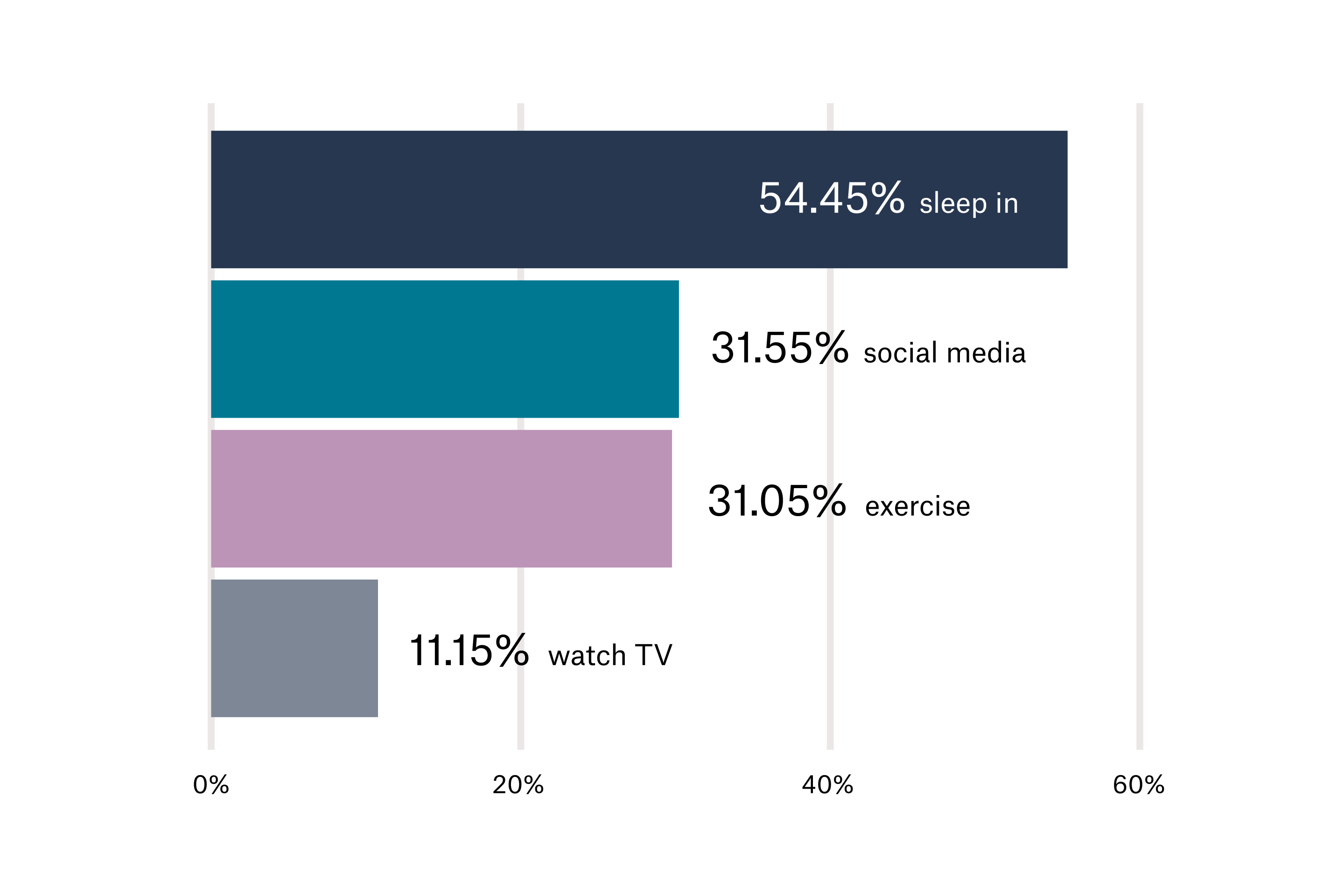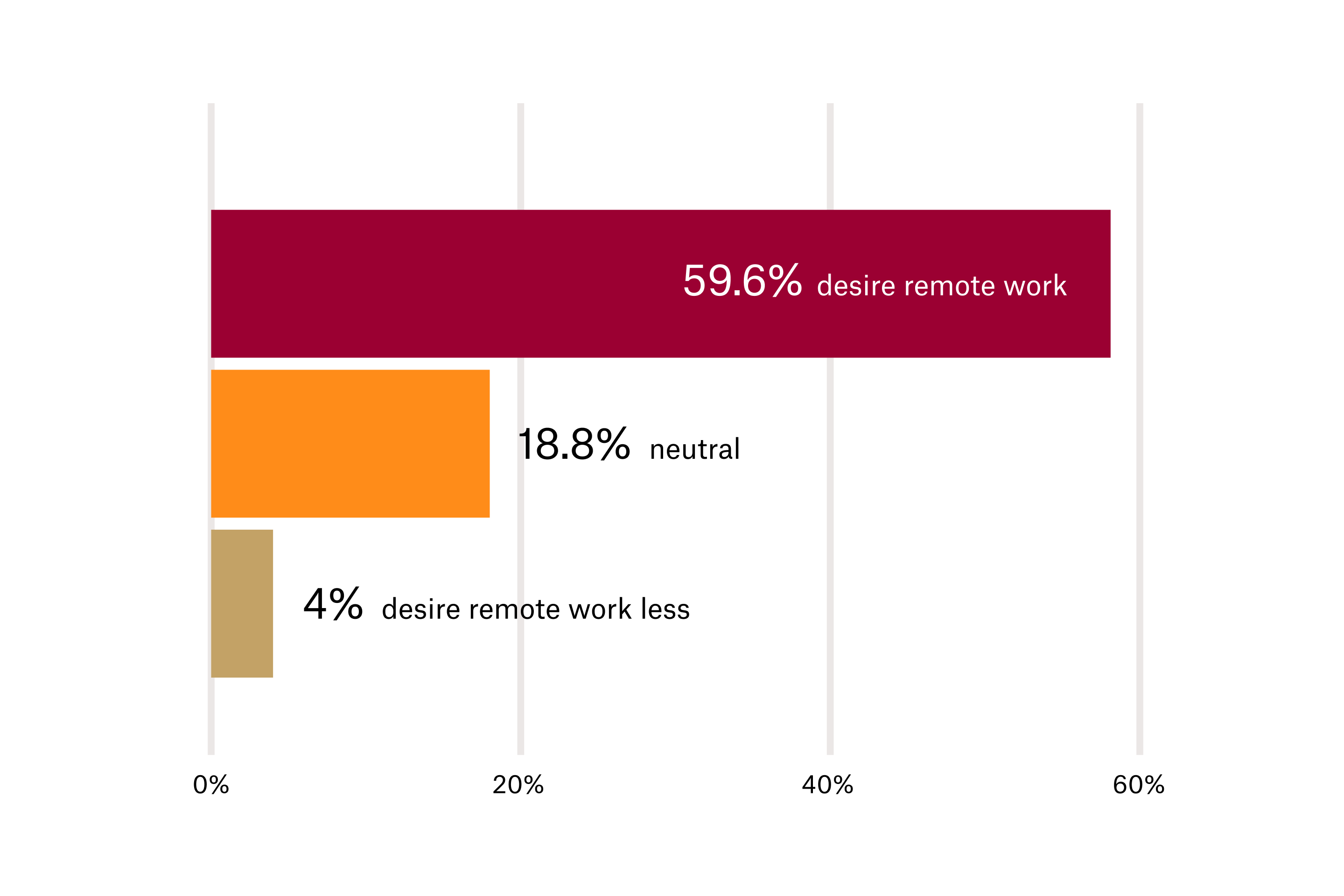The boom in remote work of 2020 happened out of necessity. Still, this new way of working isn’t likely to disappear any time soon. Experts estimate that 25-30% of the workforce will continue working from home at least a few days a week even after the pandemic ends and it’s safe to return to offices. Is this new way of working the right fit for you or your business? We think so, but we’ll let the data do the talking.
Remote jobs are on the rise
The availability of remote working positions has increased by 67% in the last year for full-time roles. While this number is largely due to the pandemic, companies have realised that remote work actually works and employees are enjoying their newfound freedom.









